New Teen Titans, Blade, and more - the greatest creations of Marv Wolfman
Writer Marv Wolfman created (and co-created) many of your favorite DC and Marvel heroes and villains
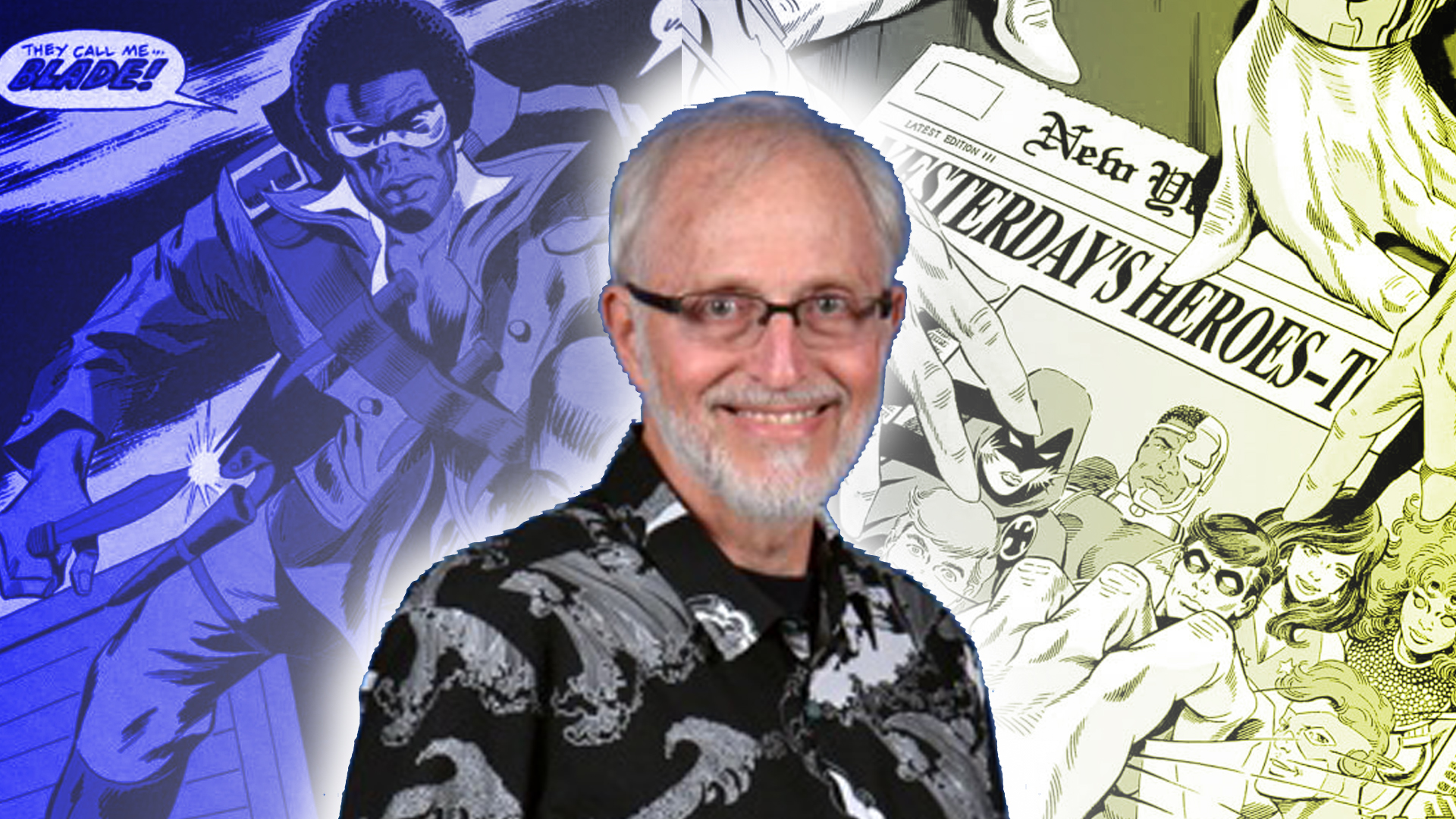
In the past 50+ years across thousands of pages, writer Marv Wolfman has created characters and stories that have stood the test of time. Many have become comic book icons, and others have gone on to success in animation, TV, movies, toys, and beyond.
Newsarama now looks back over the Brooklynite's career to countdown his 10 most resonant creations - many created with long-time friend and collaborator, George Pérez.
Vigilante (Adrian Chase)
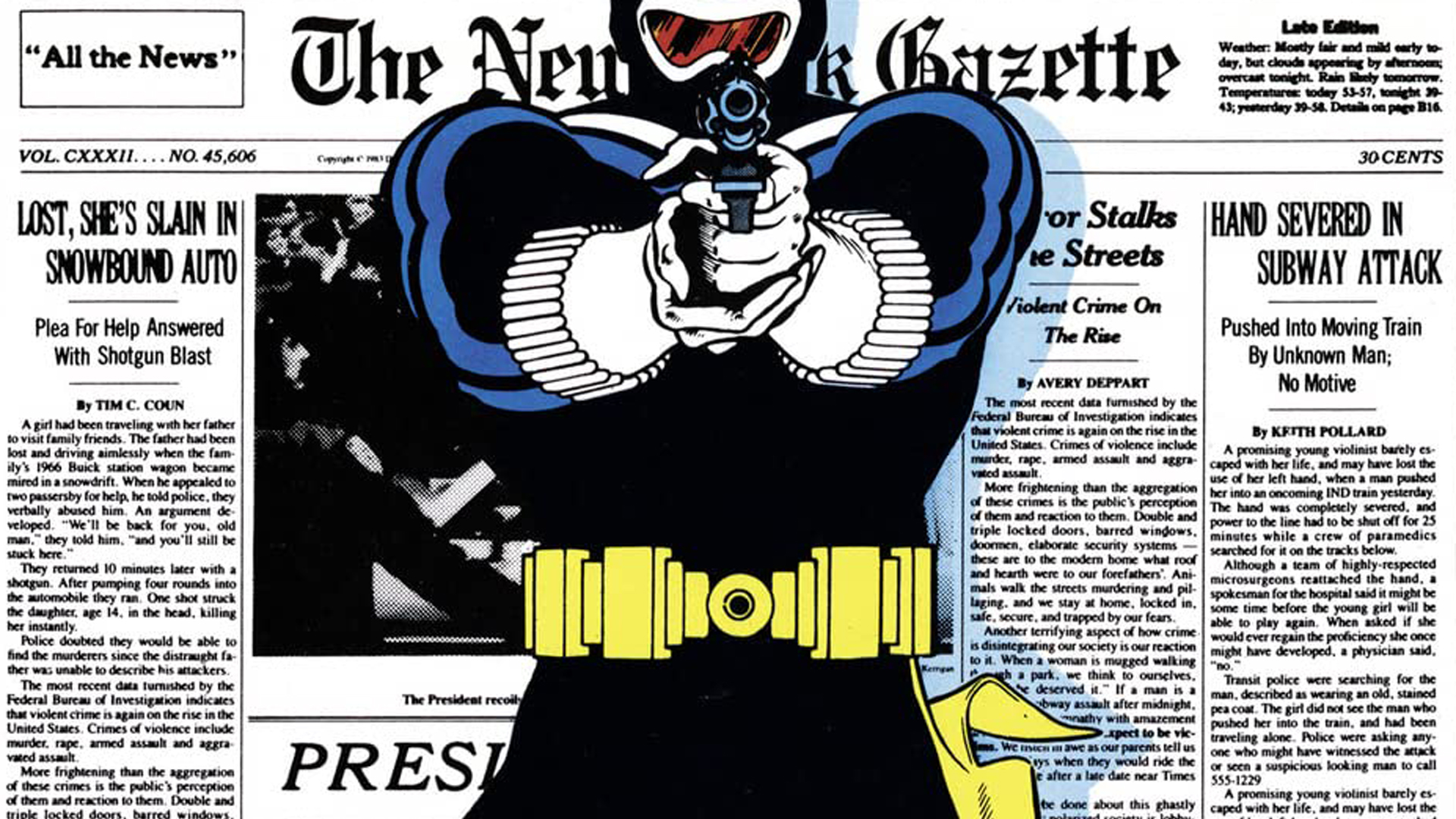
By day, New York City district attorney Adrian Chase fought crime in the courtroom - but by night, he fought it on the streets as the gun-toting Vigilante. Cut from the same cloth as the '70s Charles Bronson and Clint Eastwood films, he was provoked after the mob murdered his family to go on to fight crime on his own terms.
Chase hung up his mask from time to time while suffering guilt over his actions - only to later return with an even more destructive attitude each time. The pressure ultimately took its toll, leading Chase to take his own life in 1988's Vigilante #50.
Over the years numerous other characters, including relatives of Chase, have taken up the mantle of Vigilante, following in his violent footsteps. Now, Vigilante is about to make the leap to live-action in a new way in HBO Max's Peacemaker streaming series, played by Freddie Stroman.
Nightwing (Dick Grayson)
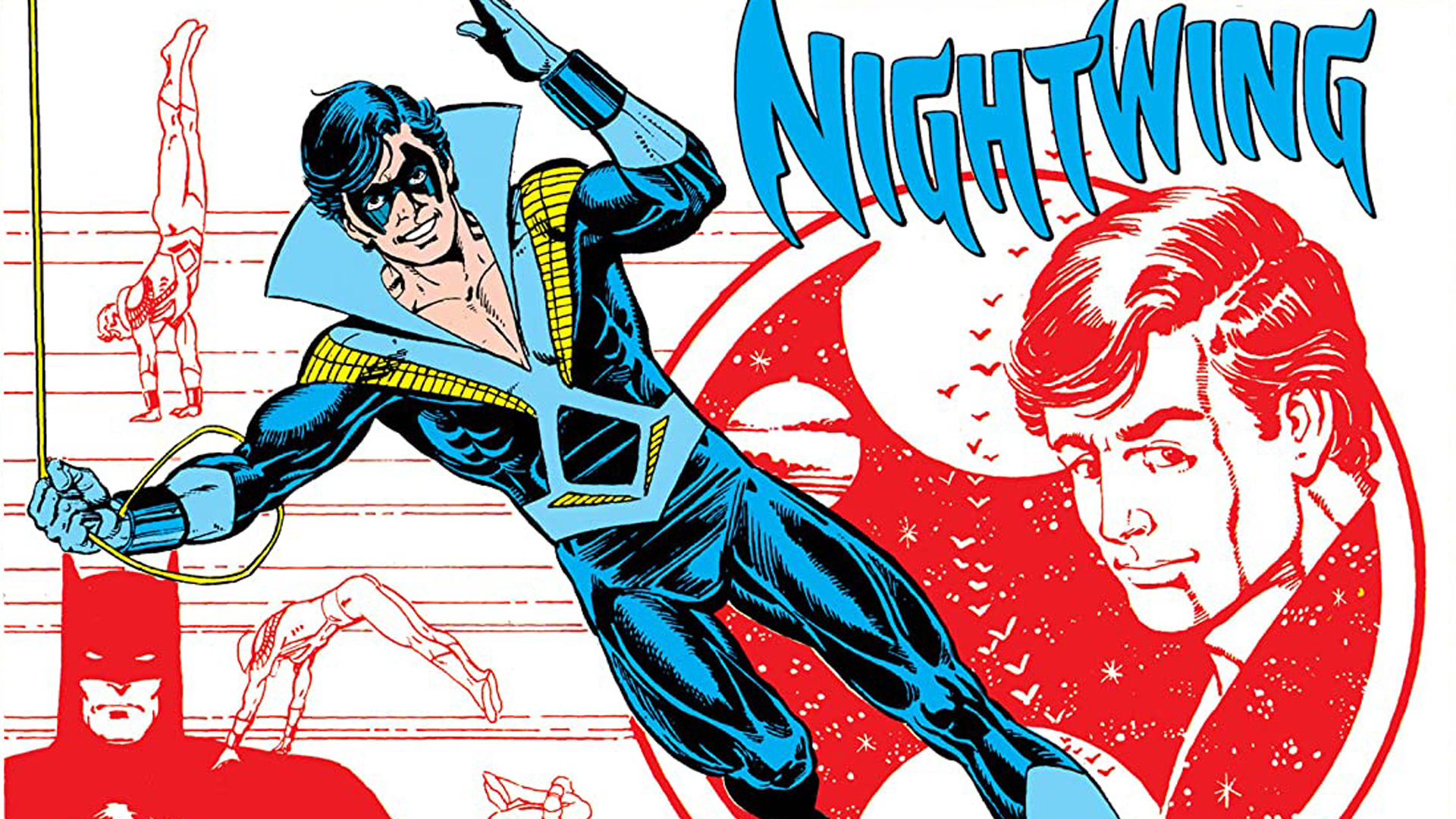
Marv Wolfman didn't create Dick Grayson, but he did make him his own man - as Nightwing.
After 44 years as the boy sidekick Robin, Grayson became Nightwing - and, surprisingly - it stuck. 30+ years later, Grayson hasn't reverted back to Robin - a real rarity in comic books when almost everything eventually goes back to the status quo.
Comic deals, prizes and latest news
Get the best comic news, insights, opinions, analysis and more!
Borrowing Superman's Kryptonian superhero alias from a rare '60s story, Wolfman worked with frequent collaborator George Pérez to lead Grayson out of Batman’s shadow in the pages of New Teen Titans, transitioning from Robin to Nightwing. This name and costume change created a firm break from the Dark Knight, with Grayson stepping up not just as his own fully-realized hero, but as leader of the Titans.
Grayson has dropped the Nightwing moniker from time to time - sometimes to temporarily take his mentor’s place as Batman, sometimes operating as simply Dick or Richard Grayson – but in the minds of many fans, Nightwing remains Dick Grayson’s definitive superhero identity.
Bullseye
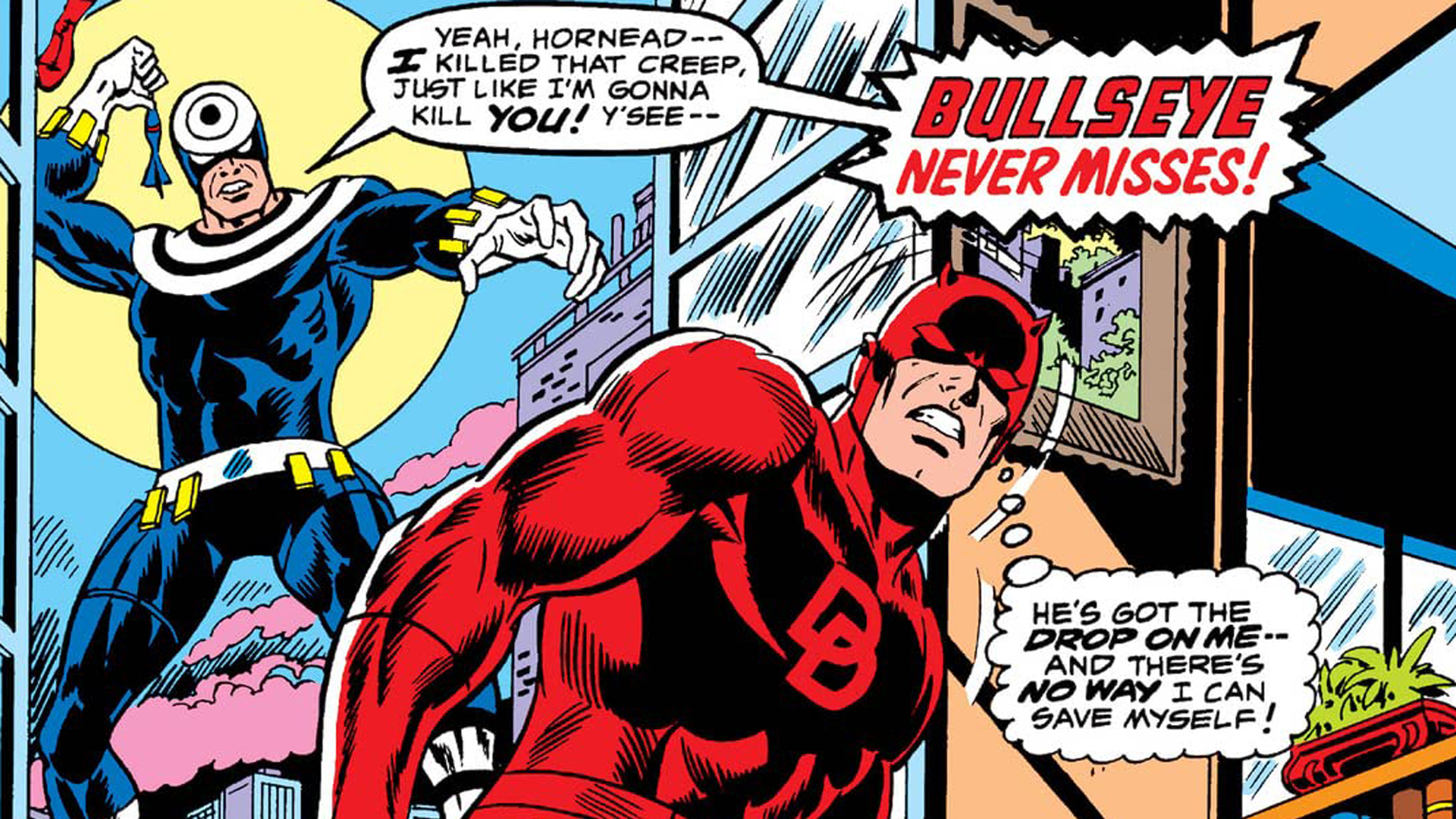
Despite possessing no superhuman abilities, Bullseye is a human assassin with the innate, uncanny skill of being able to throw anything with near-perfect accuracy.
Designed by John Romita Jr., Bullseye debuted in 1976's Daredevil #131 as a hired hitman, and over the years he has come to be the thorn in the side (and a sai through the chest) of Daredevil, Elektra, and Punisher.
Thanks to the ongoing mysteries surrounding his past (even his actual real name remains officially unknown) and a series of apparently-fatal mishaps, Bullseye somehow always manages to stay relevant as one of Marvel's most indefatigable and vicious villains, always striking fear into the hearts of the heroes he faces - even Daredevil.
Anti-Monitor
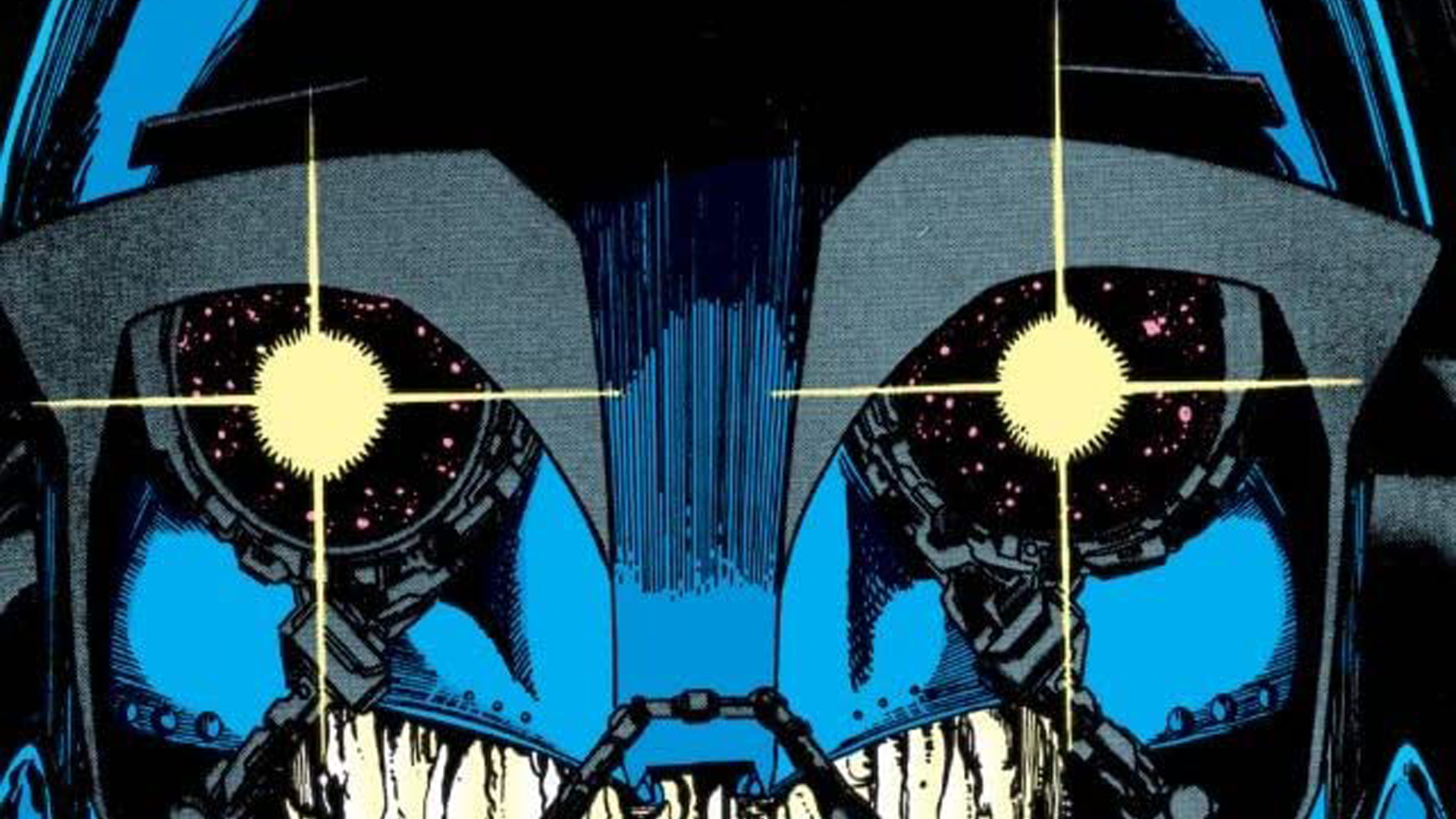
When you say 'big bad', Anti-Monitor is perhaps the ultimate expression of the term – at least in the DC Universe.
Created by Wolfman, George Pérez, and Jerry Ordway in Crisis on Infinite Earths, the Anti-Monitor was the literal embodiment of anti-matter (the antithesis of everything we know and love) with a desire to conquer and destroy the entire DC multiverse.
Anti-Monitor was originally defeated at great cost – he was indirectly responsible for the deaths of Flash and Supergirl – though later fights would be more easily won.
Recently, Scott Snyder retconned Anti-Monitor to being part of a larger family of malevolent cosmic beings birthed by Perpetua, a cosmic villain who debuted in his Justice League run.
Black Cat
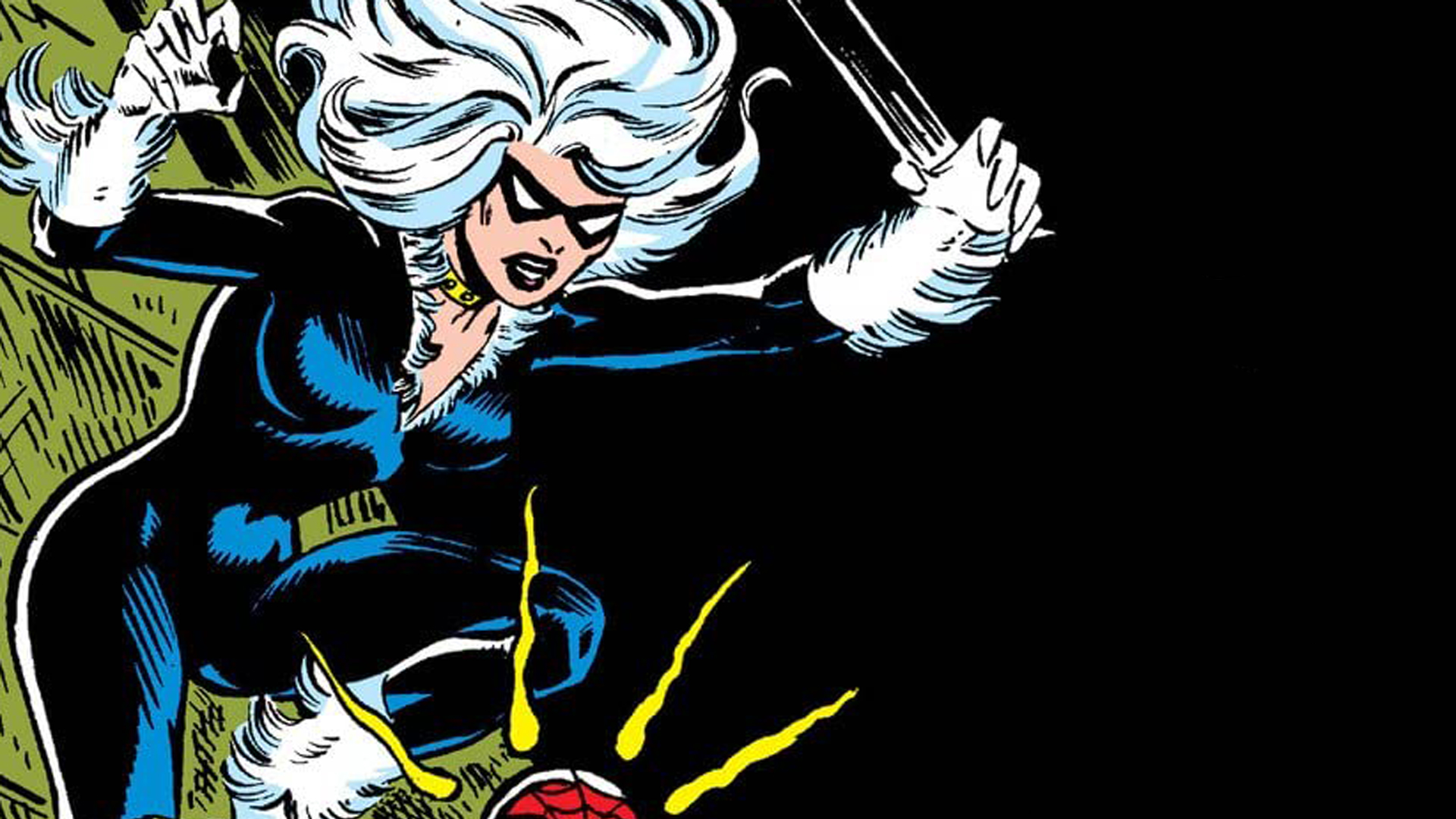
While people might think Black Cat was based on DC's Catwoman, she wasn't. In fact, she was based on the Tex Avery cartoon cat Bad Luck Blackie – an anthropomorphic black cat who gave out bad luck to anyone near her.
Originally intended to debut in Marv Wolfman’s Spider-Woman run, a change of assignment led the character (with a design by Dave Cockrum) to make her debut in 1979's Amazing Spider-Man #194.
In comic books, Black Cat is Felicia Hardy - a second-generation cat burglar whose father encouraged her to chase after her dreams. When her father is arrested, Hardy takes on the Black Cat identity to break him out - but things turn sour when he dies in the process. During the incident however, she meets Spider-Man and begins a decades-long unique relationship that vacillates between friend, foe, lover, and confidante.
She recently wrapped up her own ongoing Marvel Comics series.
Nova
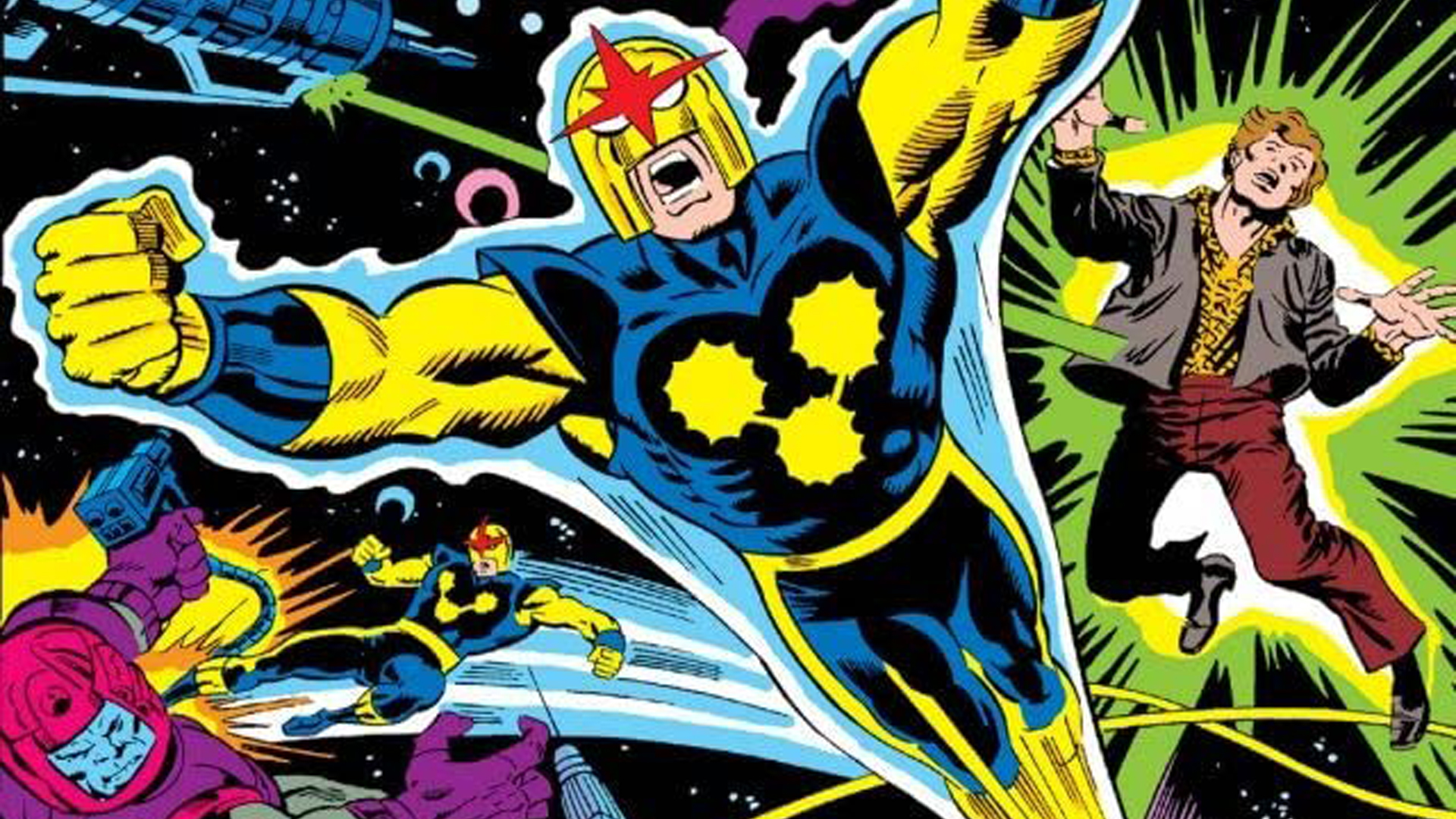
Nova was one of Marv Wolfman's earliest creations - in fact, he created the concept 10 years before Nova actually debuted in a Marvel comic book.
The character who would become Marvel's Nova debuted in the writer's Super Adventures #3 fanzine as the Star, an alien doctor who used special pills that gave him a new superpower every five minutes. In Super Adventures #6, the character's name was retconned to Black Nova.
Almost a decade later, Wolfman brought the character idea to Marvel, and ,with some design tweaks by John Romita, Jr., Nova debuted in 1976 with The Man Called Nova #1.
The working-class teen hero Richard Rider paid homage to Spider-Man, but the so-called Human Rocket grew to be his own hero - eventually spawning his own intergalactic space force in his name: the Nova Corps, which has grown to encompass other Novas such as Sam Alexander.
Deathstroke
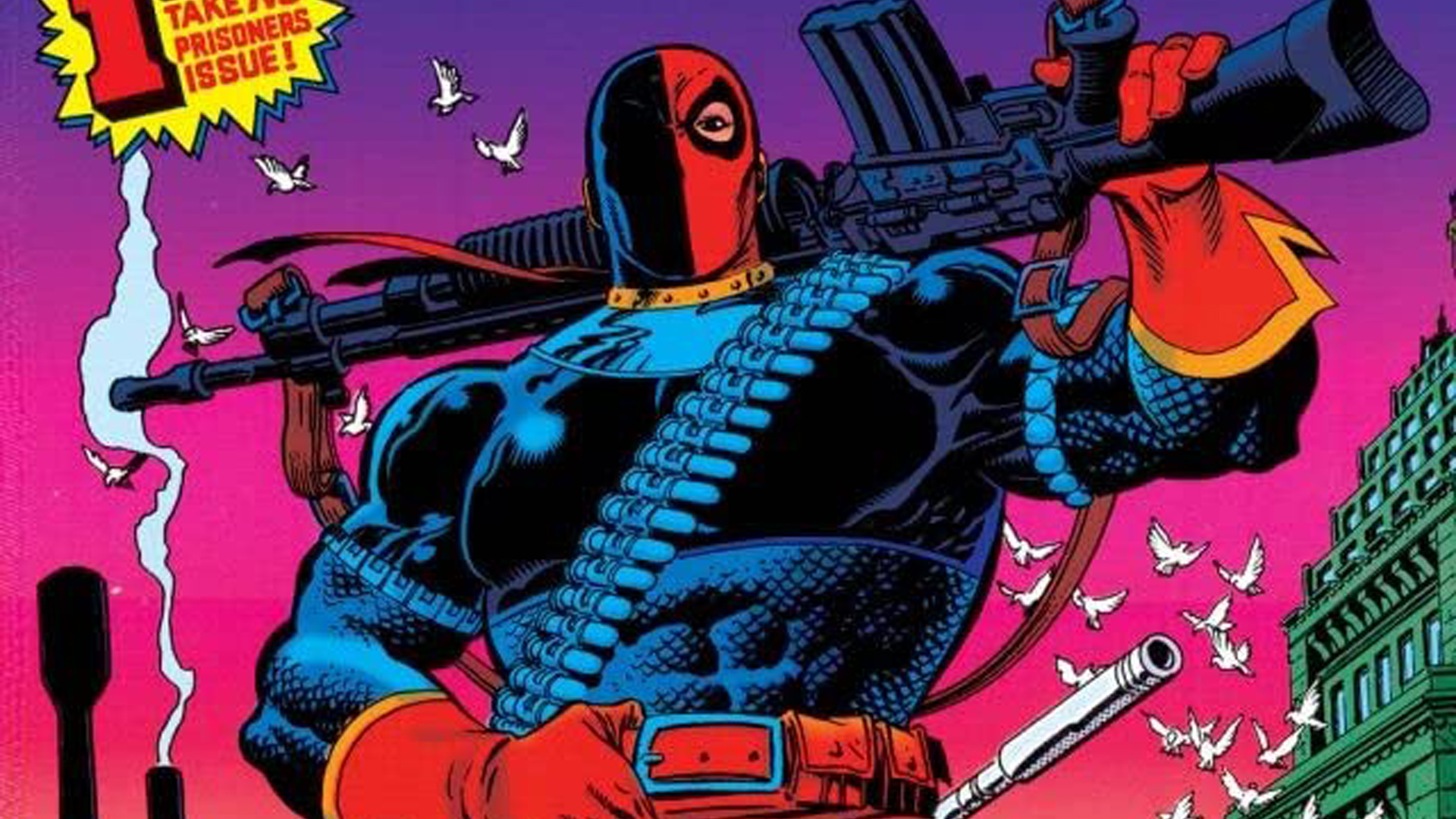
Despite his recent years as a leading man, Deathstroke has never been what you’d call a hero – in fact, by his own admission, he’s as selfish and cutthroat an operator as exists in the DC Universe.
Debuting in 1980's New Teen Titans #2, Deathstroke/Slade Wilson was a hired assassin who developed a personal vendetta against the Titans; one which only grew when his children Jericho and Ravager became involved. Deathstroke’s unquenchable vendetta against the team led him to enlist the teen villain Terra to infiltrate and betray the team in Wolfman and Perez’s 'The Judas Contract' – still considered one of the best Teen Titans stories ever.
Much like Marvel's Punisher, Deathstroke's popularity led to him becoming a protagonist in his own right with a solo series beginning in 1991 – with subsequent volumes running off and on even into the modern-day.
Tim Drake
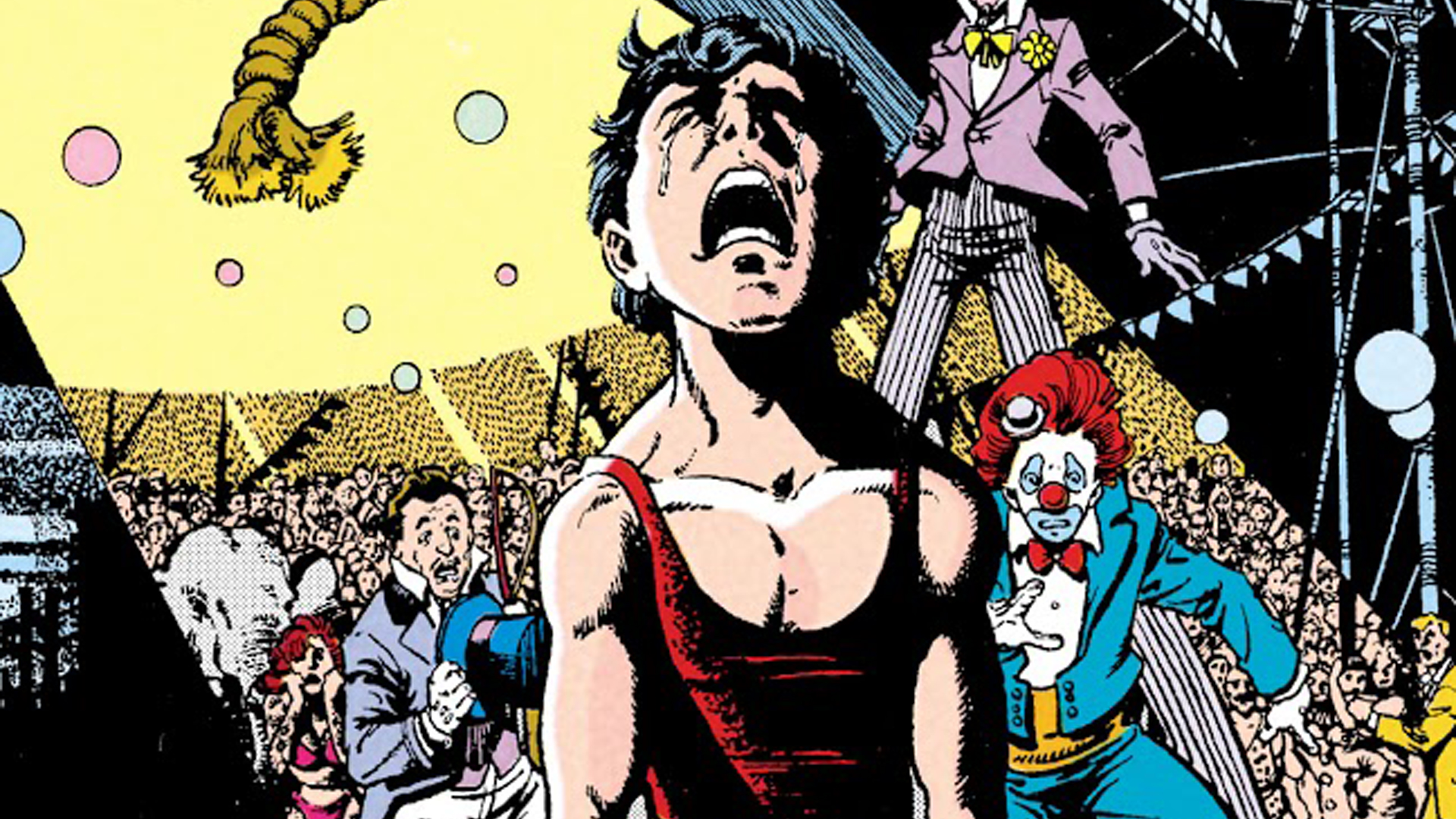
In the wake of Jason Todd's murder at the hands of the Joker, Batman needed a new Robin - but more importantly, so did fans. Wolfman and artist Pat Broderick delivered (and then some) with Tim Drake.
Debuting in 1989's Batman #436, Tim Drake grew into the role of Robin and became, arguably, the greatest Robin. Always learning, always growing, Drake-as-Robin was a natural detective - and more of a thinker, than a fighter - and became just what was needed for Batman, Alfred, and fans in the wake of Todd's murder.
After years as Red Robin (and a hot second as Drake), Drake recently resumed using the name 'Robin' once more. He also came out as queer, starting a romantic relationship with his friend Bernard.
Blade
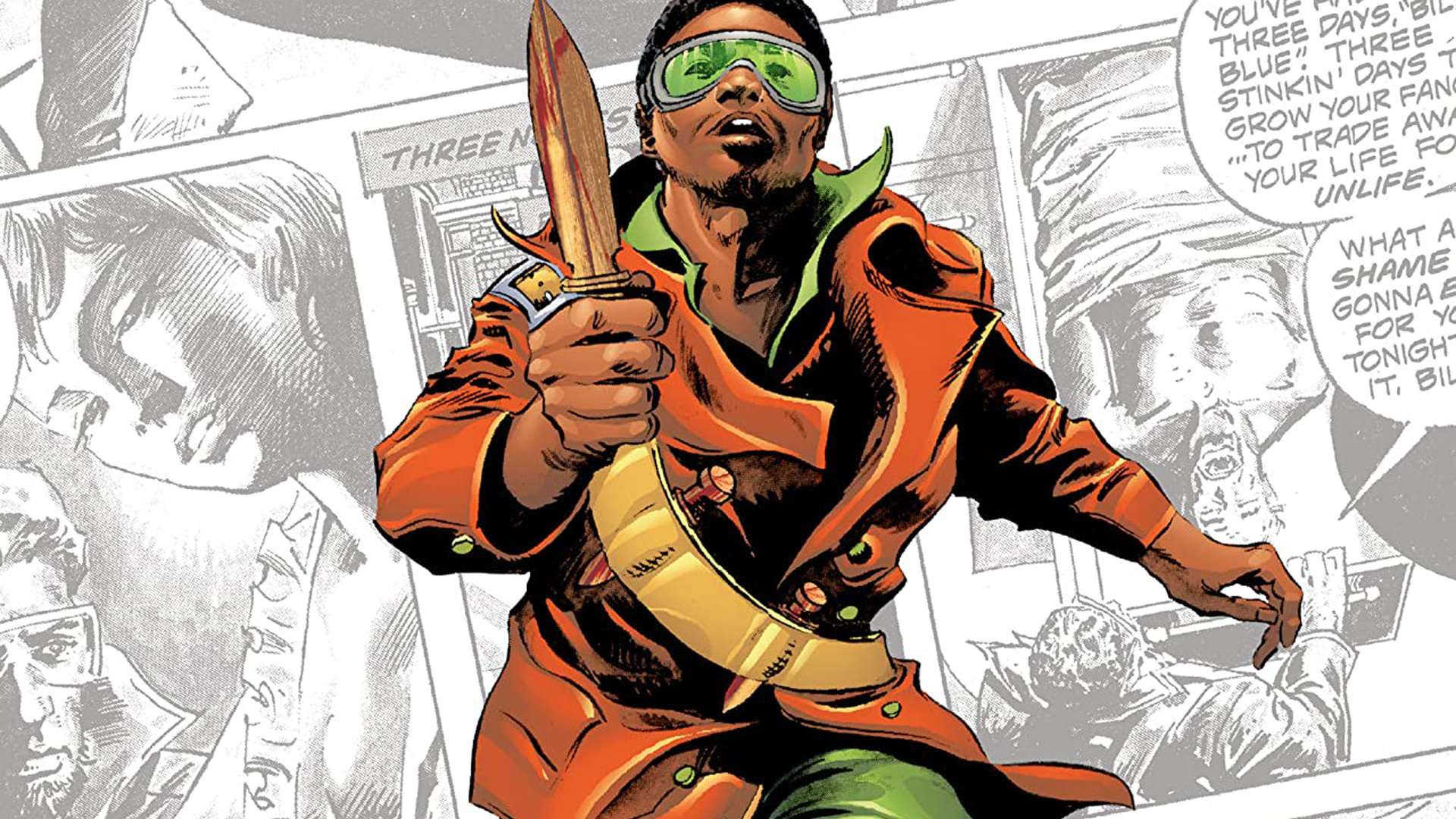
Decades before Buffy, there was another famous vampire slayer: Blade.
Created by Wolfman and Gene Colan to fight Dracula himself in 1973's Tomb of Dracula #10, Blade was a stark contrast to Marvel's other supernatural characters at the time - but grew to become one of their most famous thanks to a popular film series.
This vampire-hunting vampire quickly became a cult favorite character, popping up from time to time with his own series in addition to guest-starring in other books throughout the '80s and '90s.
Then in 1998, Blade reached a new pinnacle of success - a film. But better yet, a hit film. Wesley Snipes went on to play Blade in a trilogy of movies, and in many ways set the stage for later big-budget Hollywood adaptation of hits from the Marvel Comics catalog.
Marvel Studios has plans to release a new Blade movie with Mahershala Ali in the title role.
New Teen Titans
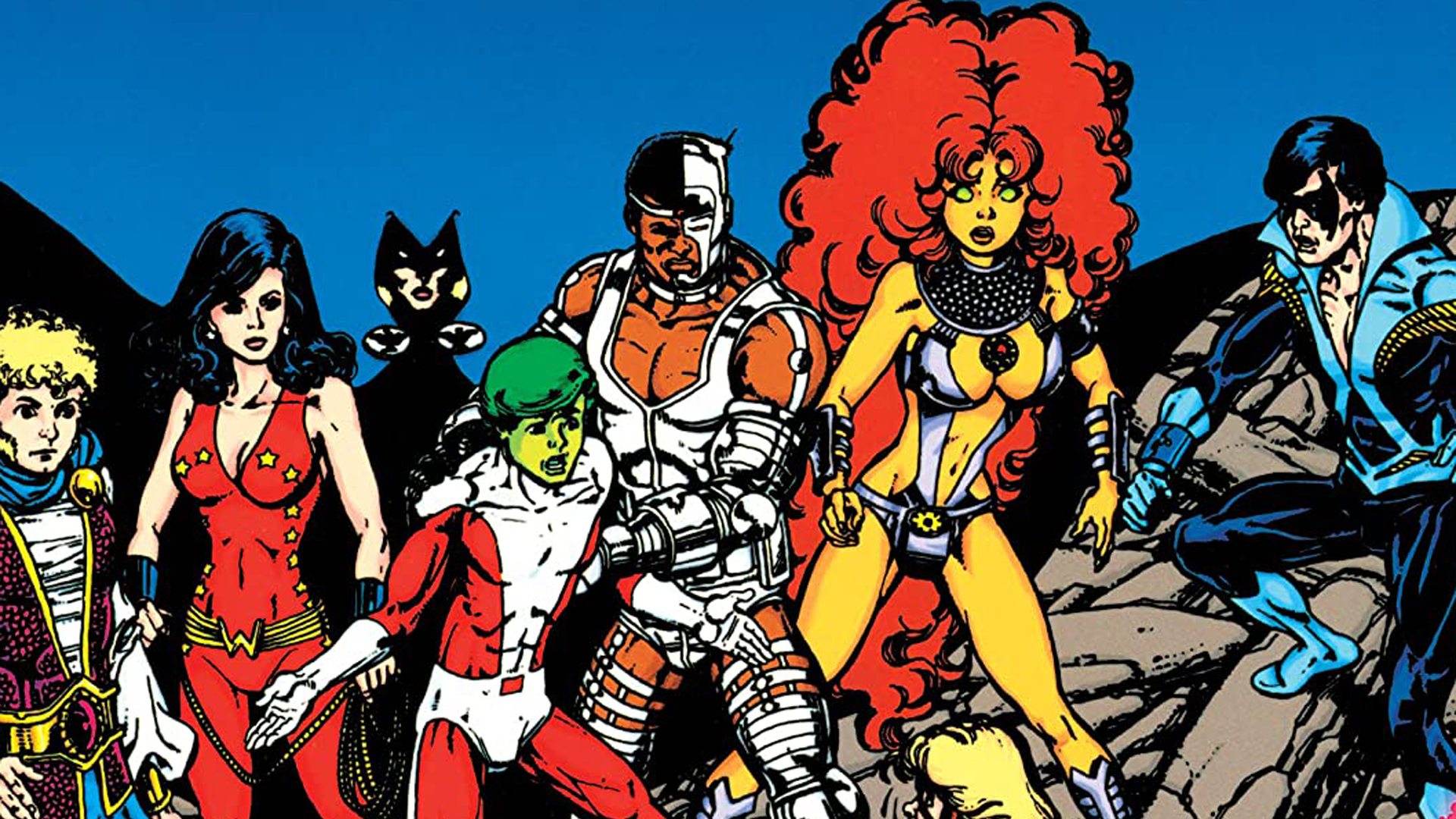
One of Wolfman’s most prominent qualities as a writer is his legendary ability to not just create new ideas but to revamp existing concepts into totally new stories and characters.
in that vein, we present Wolfman’s greatest creation – the New Teen Titans. Borrowing the name, and concept of the classic '60s and '70s DC team, Wolfman and artist George Pérez brought in a trio of brand new creations – Raven, Cyborg, and Starfire – and some previously existing but newly revamped heroes such as Beast Boy, and mashed them up with the 'fab five' original Titans (Robin, Wonder Girl, Aqualad, Speedy, and Kid Flash) to create a more mature version of the teen squad to rival Marvel’s contemporary top-selling team the X-Men.
With much more grown-up concepts, a roster of characters with intimate, specific relationships that went beyond their costumes, and a healthy dose of real-world style teen melodrama, Wolfman and Pérez totally revamped the concept of the Titans – and teen heroes in general – while also updating and creating a whole slate of DC characters that remain iconic to this day.
Chris Arrant covered comic book news for Newsarama from 2003 to 2022 (and as editor/senior editor from 2015 to 2022) and has also written for USA Today, Life, Entertainment Weekly, Publisher's Weekly, Marvel Entertainment, TOKYOPOP, AdHouse Books, Cartoon Brew, Bleeding Cool, Comic Shop News, and CBR. He is the author of the book Modern: Masters Cliff Chiang, co-authored Art of Spider-Man Classic, and contributed to Dark Horse/Bedside Press' anthology Pros and (Comic) Cons. He has acted as a judge for the Will Eisner Comic Industry Awards, the Harvey Awards, and the Stan Lee Awards. Chris is a member of the American Library Association's Graphic Novel & Comics Round Table. (He/him)



